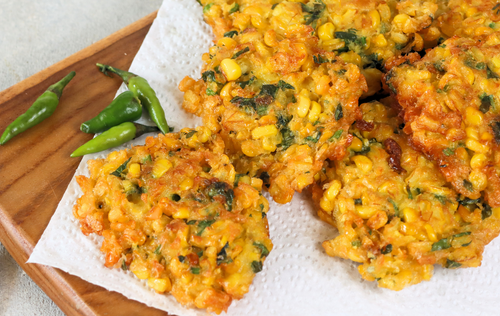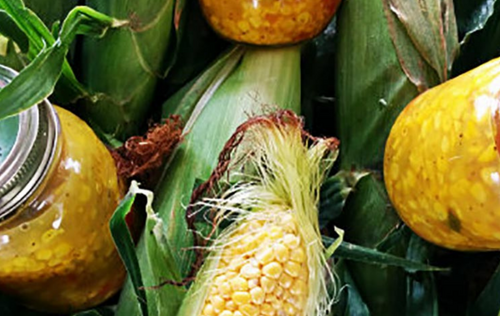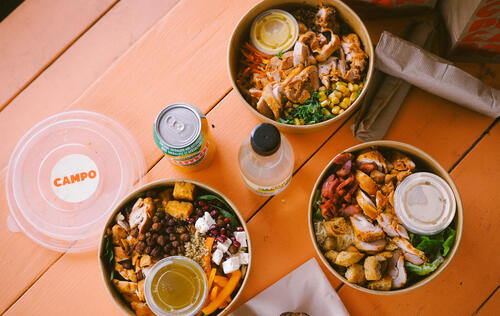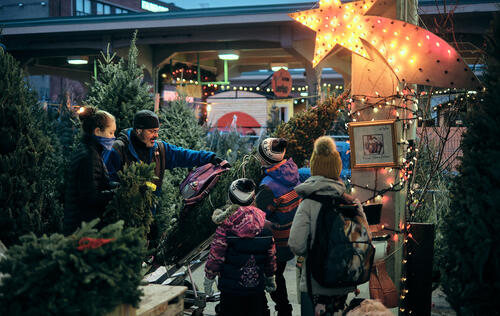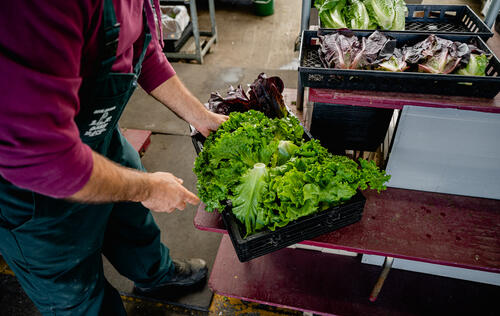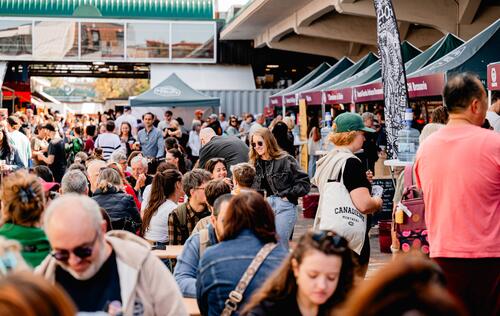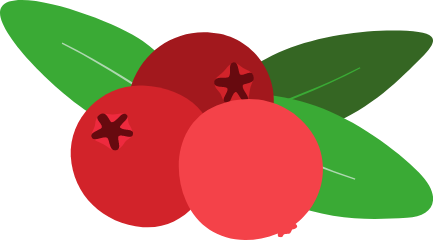Corn peeling activities
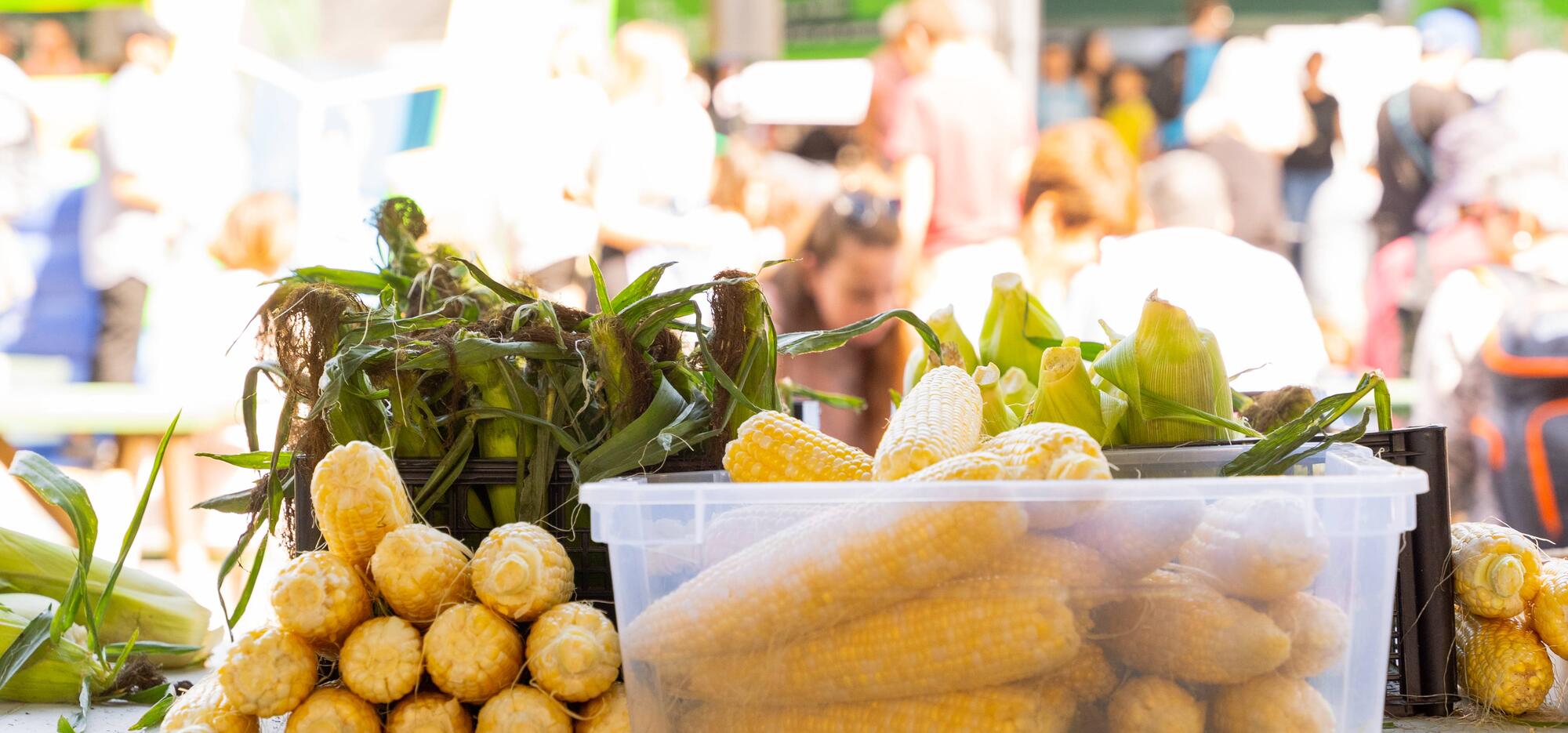
Where do corn peeling come from? At the end of summer, when the fields turn golden, it's time for the long-awaited corn peeling. This time-honored tradition has its roots in early rural communities, where people gathered to shuck corn in preparation for winter. Initially an essential chore, husking quickly became a moment of conviviality, marking the passage of the seasons. Corn has become a powerful symbol of our relationship with the land and the community.
Today, the corn roast has become a festive gathering, where people gather around a simple, convivial meal. Held outdoors, often at low cost, it brings families, friends and neighbors together in a warm atmosphere. Although traditionally associated with the end of the harvest, some varieties of corn can still be picked ju than the end of September, thanks to Quebec's climate.
The exact origin of the “épluchette” remains uncertain. While some authors trace its beginnings to the French regime, the first written mention only appears in 1852. And it wasn't until 1866 that a rural newspaper, La Gazette des campagnes, offered a more precise description, referring to the festival of the “stripping of the ears of corn”. Comparable traditions exist elsewhere, such as the husking bees in Ohio or the despouilladé in France, suggesting a mix of native and European influences that have shaped this very local custom.
Corn, a native American plant belonging to the grass family, has been cultivated for thousands of years. Long before the arrival of Europeans, indigenous peoples used every part of the plant for food, medicine and construction. They generously shared their know-how with the settlers, who were often weakened by the rigours of winter.
Over the centuries, corn has retained a special place in Quebec agriculture. Among the heritage varieties, Ga pé Flint and Québec 28 are recognized today for their genetic value. Other types, suitable for consumption on the cob or for processing into flour, are now grown on a large scale.
The corn roast, in its current form, retains the spirit of the evening gatherings of yesteryear. Gathering young and old around a symbol of prosperity, it embodies both the simple pleasure of sharing a meal and the memory of collective work. Games, songs and even good-luck traditions linked to peeling are sometimes included. This feast, at the crossroads of Aboriginal and European heritages, bears witness to the cultural and agricultural richness of Quebec - a warm moment to celebrate the end of summer and the fruits of the earth.
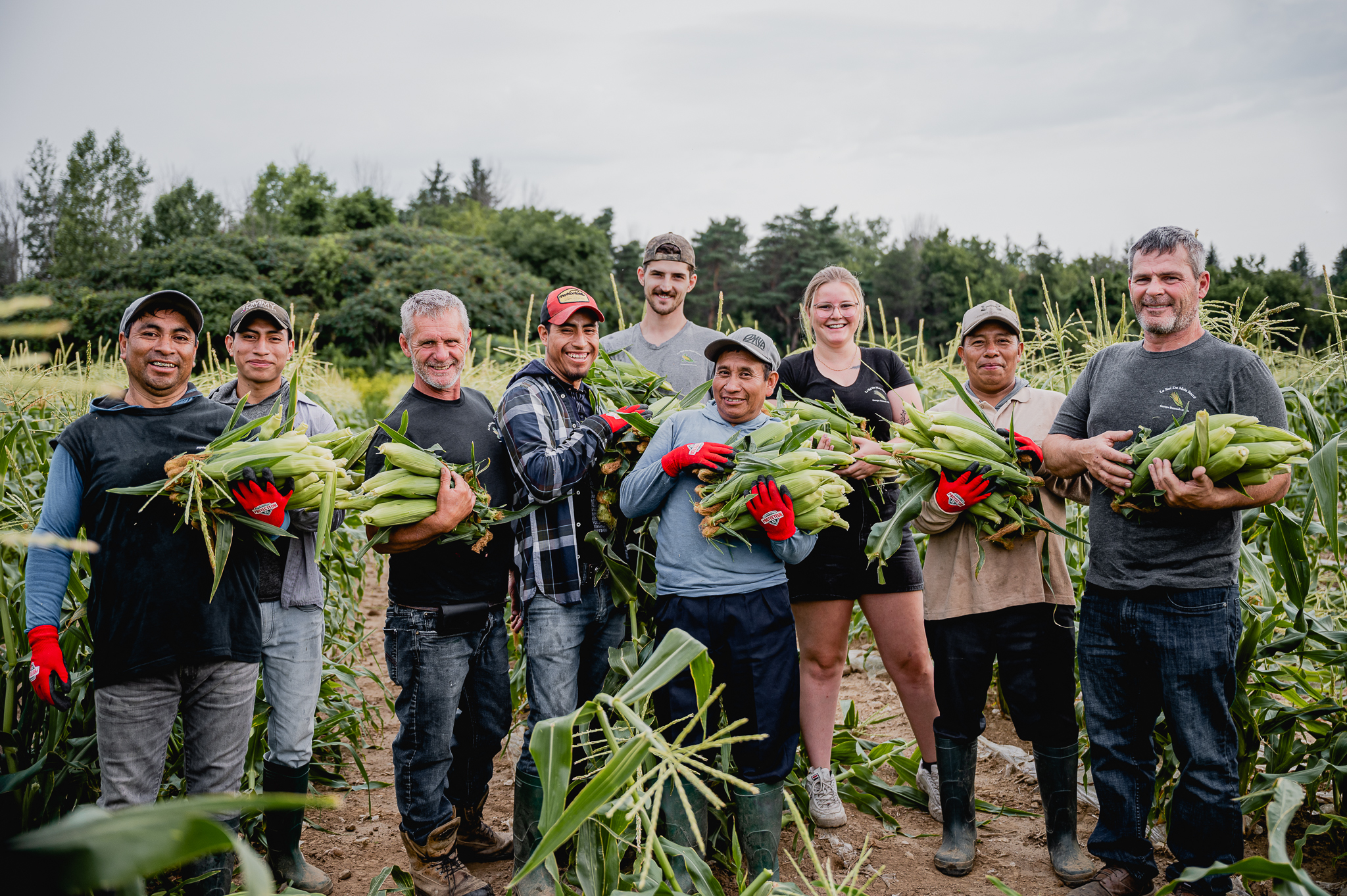
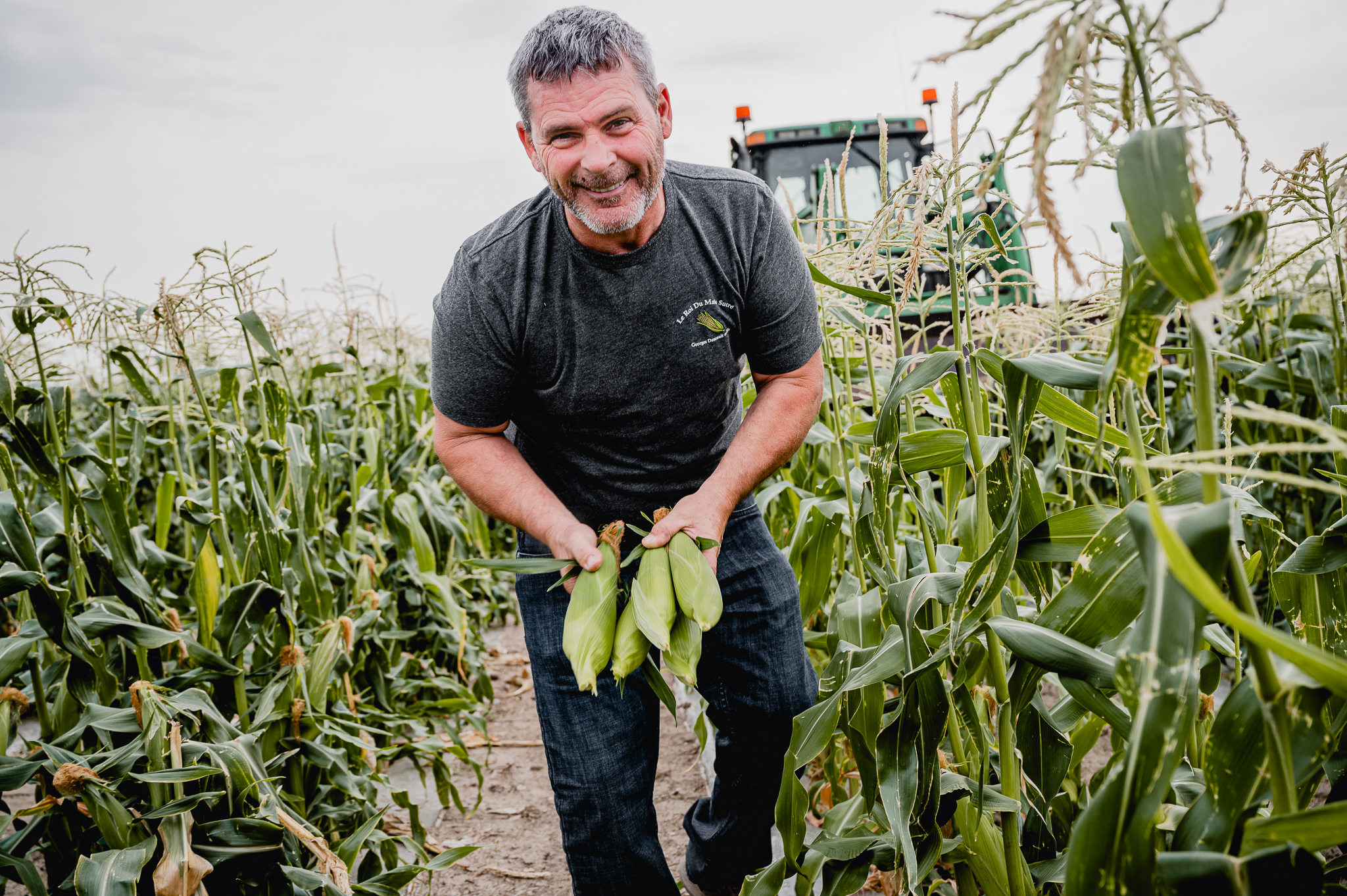
Our public markets preserve this spirit of sharing and conviviality, offering fresh corn of the day to be shucked at home, or delicious sweet cooked corn to be enjoyed on the spot at Marché Jean-Talon! Alfred Laliberté's sculpture La Fermière, on display at Marché Maisonneuve, is also a tribute to the women of the land and to agricultural work. Through this work, and thanks to the farming families who have been present for decades, these values are still very much alive at the heart of your markets. Come and perpetuate this tradition!

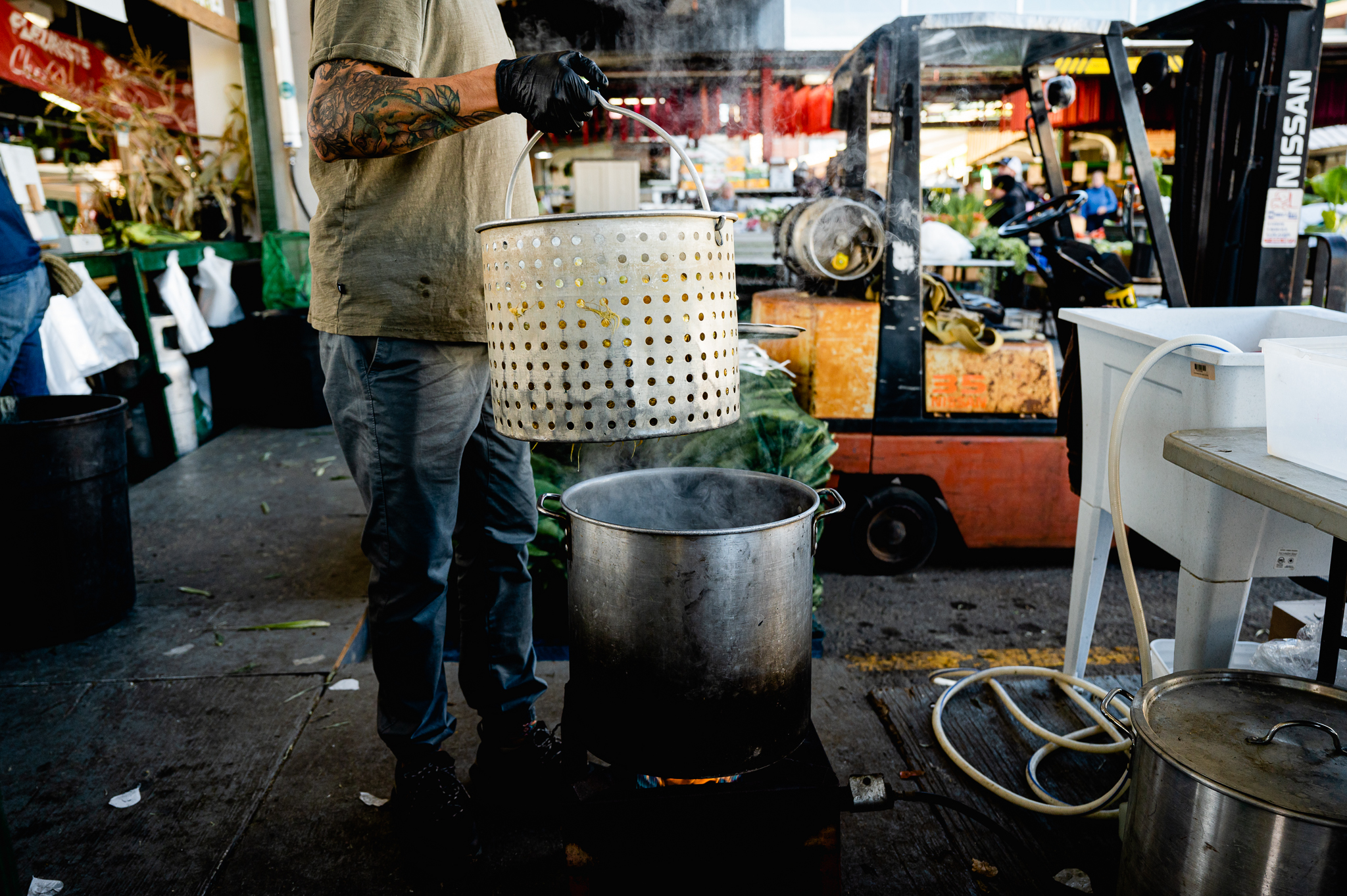
Discover our corn producers
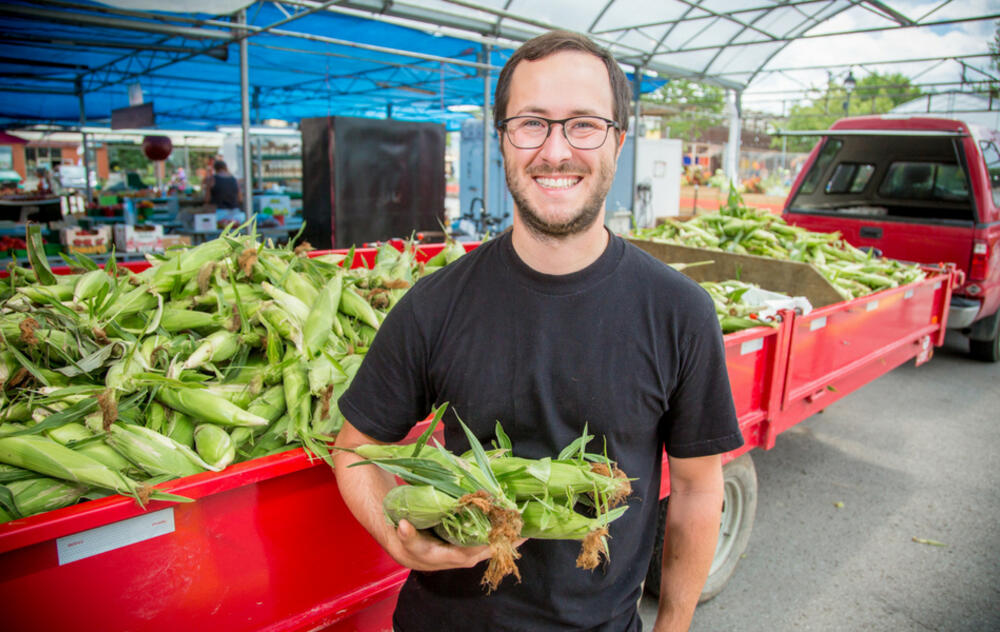
Ferme Michel Meunier
Ferme Michel Meunier produces sweet corn and has had a kiosk at the Atwater Market since 1983!
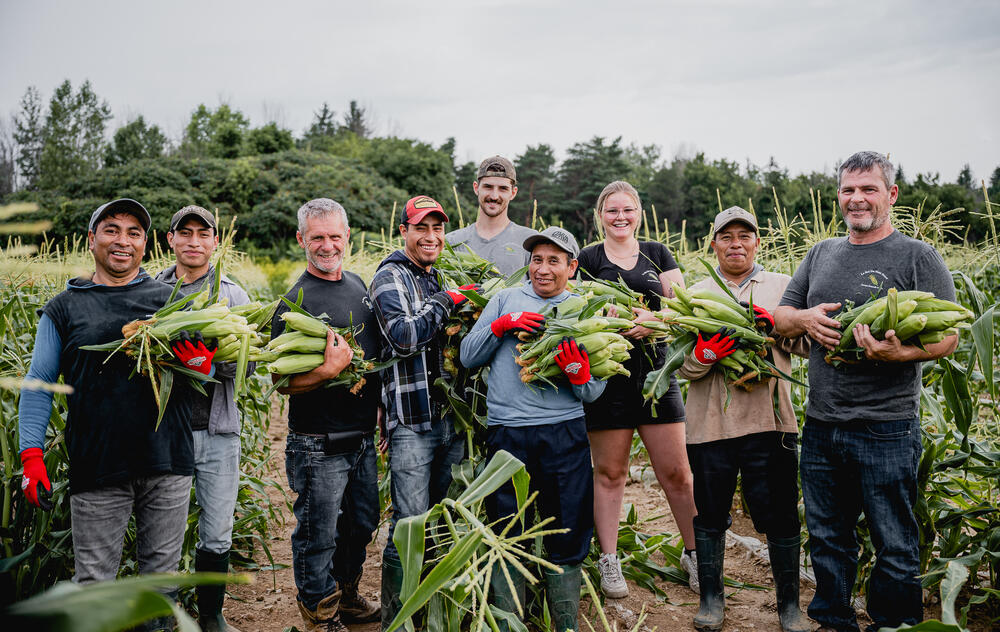
Roi du Maïs sucré
Le Roi du maïs sucré has been offering his famous sweet corn direct from his farm since 1974 at the Jean-Talon and Maisonneuve markets.
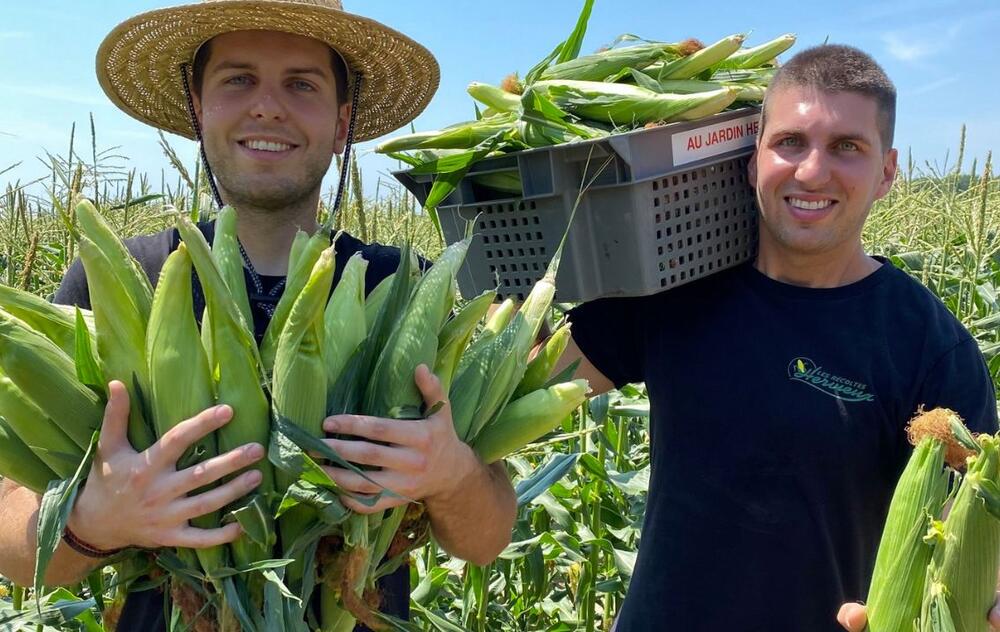
Récoltes Hervieux
Come and meet Les Récoltes Hervieux, a family business specializing in corn growing for 3 generations!
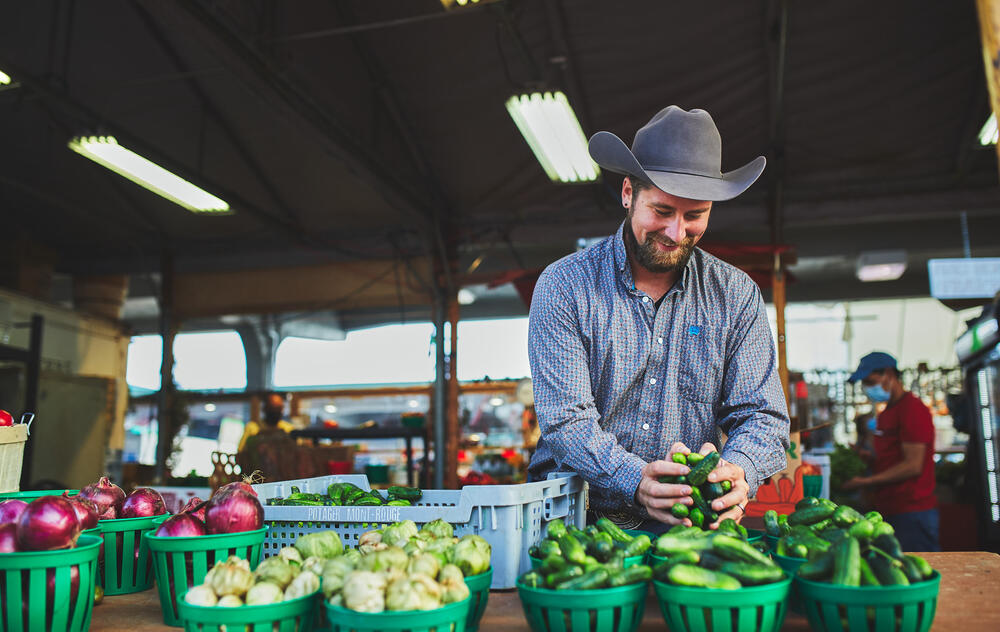
Potager Mont-Rouge Halte Gourmande
Potager Mont-Rouge Halte Gourmande offers a wide variety of corn, including the following:
- Montauk
- Revolution
- Sweetness
- SH2
- Honeyselect (yellow)
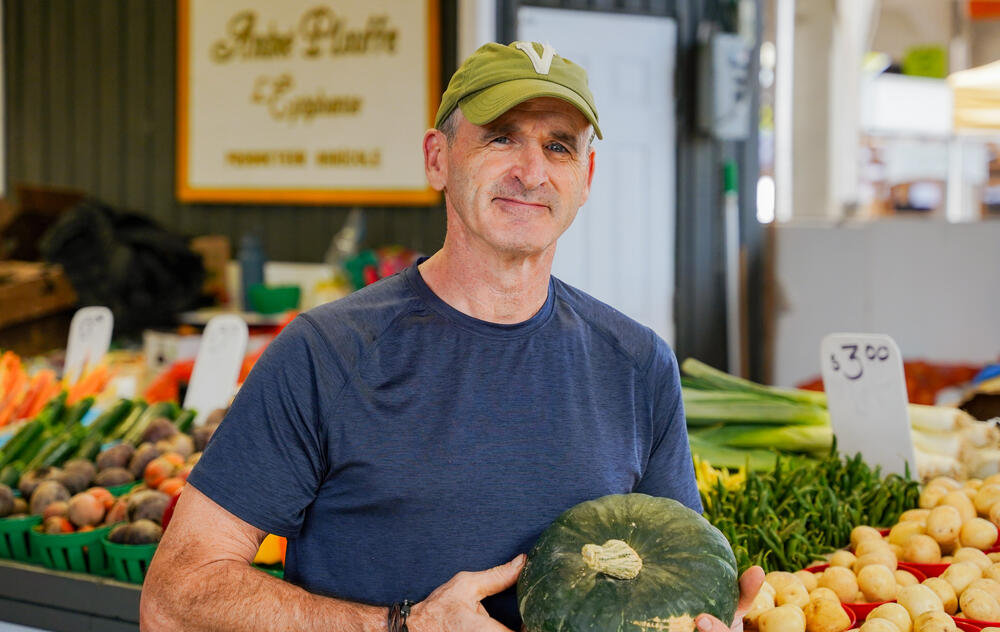
André Plouffe l'Épiphanie
Since 1967, the Plouffe family has been present at Jean-Talon Market as agricultural producers with a host of products, including their bicolored and white corn.
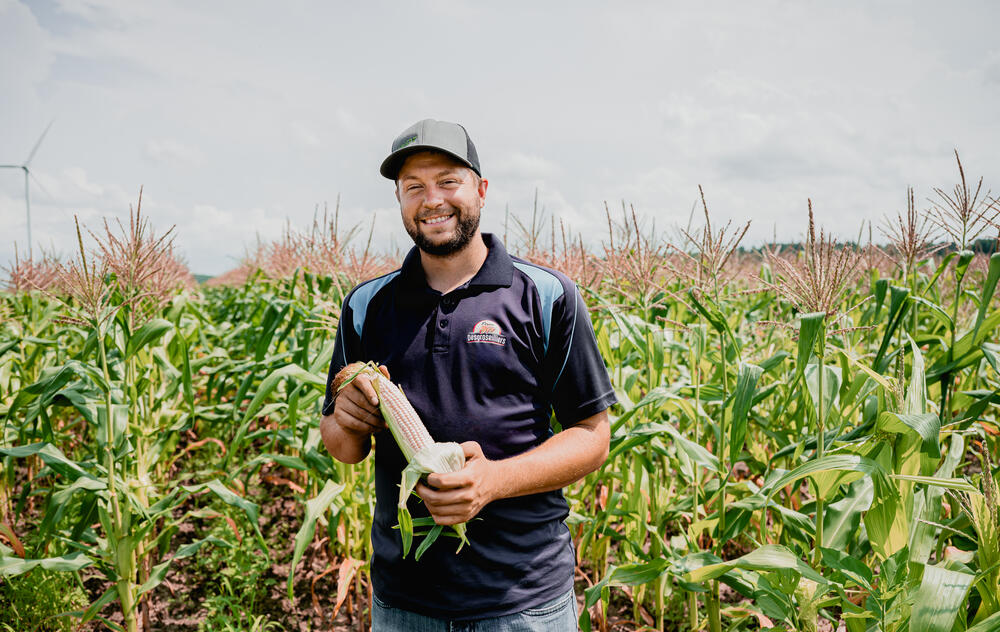
J.P. Desgroseillers
Since 1956, the Desgroseillers have been serving up their sweet corn at Jean-Talon Market.
Discover our corn-based recipes
This news item is part of the Guide saisonnier des Marchés publics de Montréal - édition été (in french), a free quarterly publication that you can now find in all your favorite public markets, thanks to the financial support of the Ville de Montréal.


